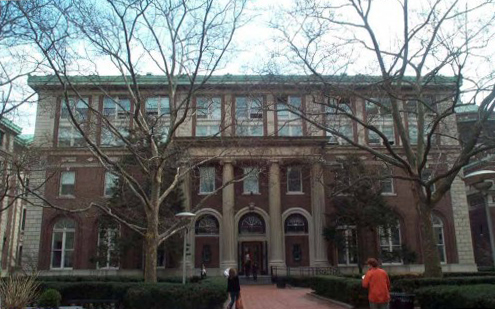1 collections found
Number of results to display per page
Search Results
Clyde Dorsett papers, 1940-1991, bulk 1952-1982
20 document boxesClyde H. Dorsett (1925-2007) was an architectural consultant dedicated to mental healthcare design becoming the nation's leading authority in the design and construction of such facilities. Working as lead architectural consultant for the National Institute of Mental Health (NIMH) from 1965 to 1982, he oversaw the federal government's ambitious program to transform the nation's monolithic state mental hospital structure into a wider variety of local and state facilities to address a spectrum of medical and social needs through more precisely tailored, yet humane and informal design approaches. Underpinning the work was the growing conviction that the built environment played a significant role in the healing process, and that such 'scientifically' derived design could be applied to social problems. Based at the institute's offices in Washington D.C., he both advised on individual projects through drawings submitted by architects nation-wide, as well as developing guidelines and standards for the accreditation, certification and funding of construction projects by the federal government. It is of these documents that the present collection largely comprises. He continued advising in the field long after his early retirement from the institute in 1982.
No additional results
